The Japanese bento box is more than just a lunch container; it's a centuries-old cultural practice blending nutrition, aesthetics, and convenience into a single, artful meal. While its origins trace back to simple meals for travelers, the bento has evolved into a global phenomenon that embodies core Japanese principles like balance (washoku), seasonal eating (shun), and thoughtful presentation. This guide is designed to move beyond generic packed lunches, offering a comprehensive roundup of creative and authentic japanese bento box ideas.
We will explore eight distinct bento styles, each with its own unique philosophy and components. Whether you are aiming to create fun character-themed lunches for kids, pack a high-protein meal for post-workout recovery, or celebrate the flavors of the current season, you will find actionable inspiration here. This listicle is your practical roadmap to mastering the bento.
Inside, you will discover:
- Detailed Ingredient Lists: Specific components for each bento theme.
- Actionable Assembly Tips: Step-by-step guidance on packing for stability and visual appeal.
- Styling Inspiration: Techniques to make your lunches as beautiful as they are delicious.
From the classic Traditional Makunouchi to the innovative Fusion Bento, this guide provides everything needed to craft visually stunning, nutritionally balanced, and satisfying meals. We'll show you how to transform your daily lunch into a moment of culinary artistry, proving that a well-made bento is a fulfilling experience for both the creator and the eater.
1. Traditional Makunouchi Bento
The Makunouchi bento is the quintessential Japanese lunch box, a classic that balances taste, nutrition, and aesthetics. Its name translates to "between acts," a nod to its origins as a meal enjoyed by theatergoers during intermissions in the Edo period. This style is defined by its compartmentalized structure, which beautifully separates a variety of small, distinct dishes.
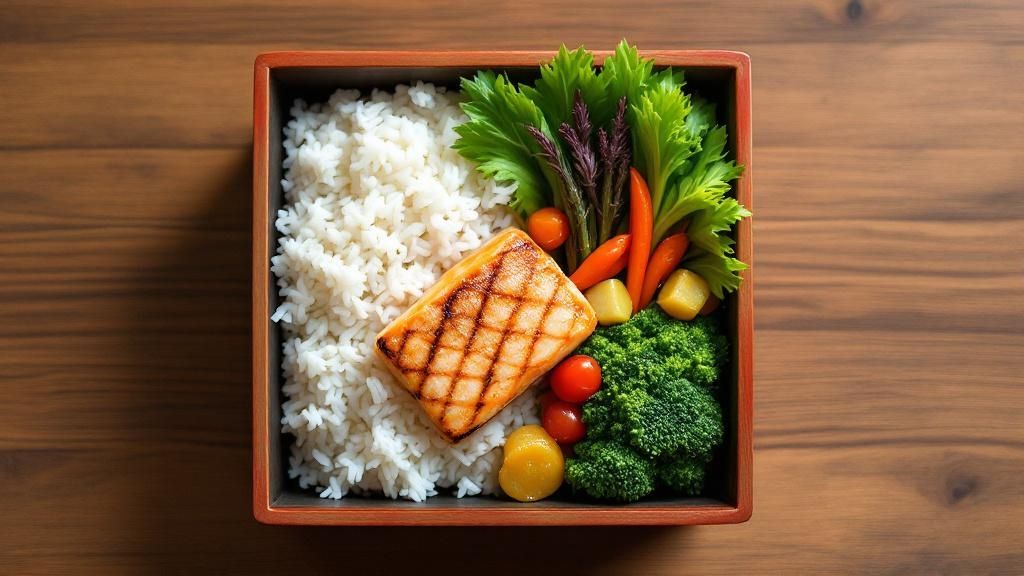
At its heart, the Makunouchi bento features rice, often shaped into small, easy-to-eat俵 (tawara) or barrel shapes, alongside a main protein like grilled fish (yakizakana) or chicken. It is complemented by an assortment of side dishes, including tamagoyaki (Japanese rolled omelet), simmered vegetables (nimono), and pickled vegetables (tsukemono) for a burst of flavor and color.
Why Choose a Makunouchi Bento?
This style is perfect for those who appreciate a well-rounded meal with diverse flavors and textures. It is one of the most visually impressive Japanese bento box ideas, making lunch feel like a special occasion. The compartmentalized layout prevents flavors from mixing, ensuring each component is enjoyed as intended. This approach is ideal for a formal lunch or when you want to showcase a variety of seasonal ingredients.
Key Components & Assembly Tips
Crafting a beautiful Makunouchi bento is an art form, but it is achievable with some planning. Focus on a balanced composition and mastering a few core elements.
- The 3:2:1 Ratio: Follow the traditional guideline for a balanced meal: 3 parts carbohydrate (rice), 2 parts protein (fish, chicken, tofu), and 1 part vegetables and pickles.
- Essential Dishes: Key items to include are grilled salmon or mackerel, a slice of fluffy tamagoyaki, simmered shiitake mushrooms or carrots, and a small portion of pickled ginger or daikon radish.
- Time-Saving Prep: Many components, like the simmered vegetables and pickles, can be prepared the night before. Using a rice cooker with a timer function ensures you have fresh, perfectly cooked rice in the morning.
Pro Tip: Invest in a traditional wooden or lacquered bento box with built-in dividers. This not only enhances the authentic look but also makes portioning and arranging your food much easier. For more foundational techniques, you can find a wealth of information about Japanese cooking basics on buymejapan.com.
2. Character Bento (Kyaraben)
The Kyaraben, or character bento, is a playful and artistic style that transforms a simple lunch into an enchanting visual experience. This modern bento phenomenon involves crafting food to resemble cute animals, beloved cartoon characters, or everyday objects. Born from a desire to encourage picky eaters, kyaraben has evolved from a mother's creative trick into a globally recognized art form celebrated on platforms like Instagram and TikTok.
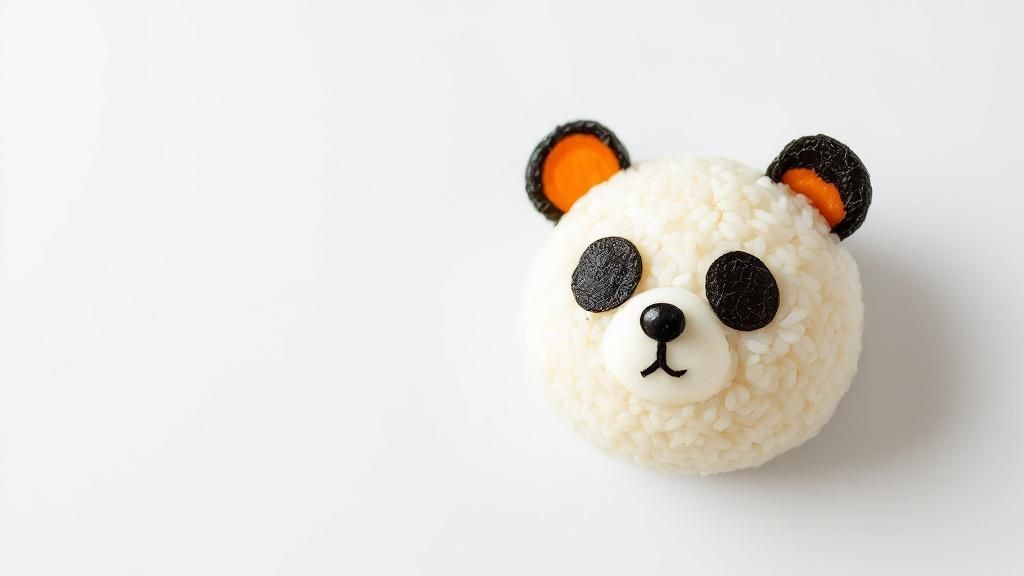
This style uses ingredients as an artist's palette: rice is molded and colored, nori seaweed is meticulously cut into facial features, and colorful vegetables become clothing or accessories. From simple pandas made of rice balls to intricate renditions of Pokémon or Hello Kitty, the possibilities are limited only by your imagination. The goal is to create a meal that is as delightful to look at as it is to eat.
Why Choose a Kyaraben?
Kyaraben is one of the most fun and engaging Japanese bento box ideas, perfect for delighting children and adding a touch of whimsy to your own lunch. It’s an excellent way to make healthy foods more appealing and can turn meal prep into a creative outlet. This style is less about traditional balance and more about aesthetic joy, making it ideal for special occasions, themed parties, or simply bringing a smile to someone's face.
Key Components & Assembly Tips
While complex designs can be intimidating, creating a cute kyaraben is achievable with the right tools and a bit of practice. The key is to start simple and build your skills.
- Start with Simple Shapes: Begin with easy designs like bears, pigs, or pandas. A simple onigiri (rice ball) can be transformed with a few strategically placed pieces of nori for eyes and a nose.
- Utilize Tools: Cookie cutters are invaluable for creating consistent shapes from cheese, ham, or thinly sliced vegetables. Food-safe tweezers and specialized nori punches can help with placing small, detailed features.
- Prepare and Assemble: Create all the character elements first-cut the nori, shape the vegetables, and cook the proteins. Assemble the final design directly in the bento box just before packing to ensure it holds its shape.
Pro Tip: Use a small amount of mayonnaise or a piece of uncooked spaghetti to "glue" small parts like nori eyes or cheese details onto your characters. This helps keep your intricate designs intact during transport.
3. Onigiri-Centered Bento
The Onigiri-Centered bento is a beautifully simple and practical approach to lunch, focusing on Japanese rice balls as the star of the show. This style celebrates convenience without sacrificing flavor or tradition. Originating as a portable meal for travelers and samurai, the humble onigiri has evolved into a staple that is both comforting and endlessly customizable, making it one of the most beloved Japanese bento box ideas.
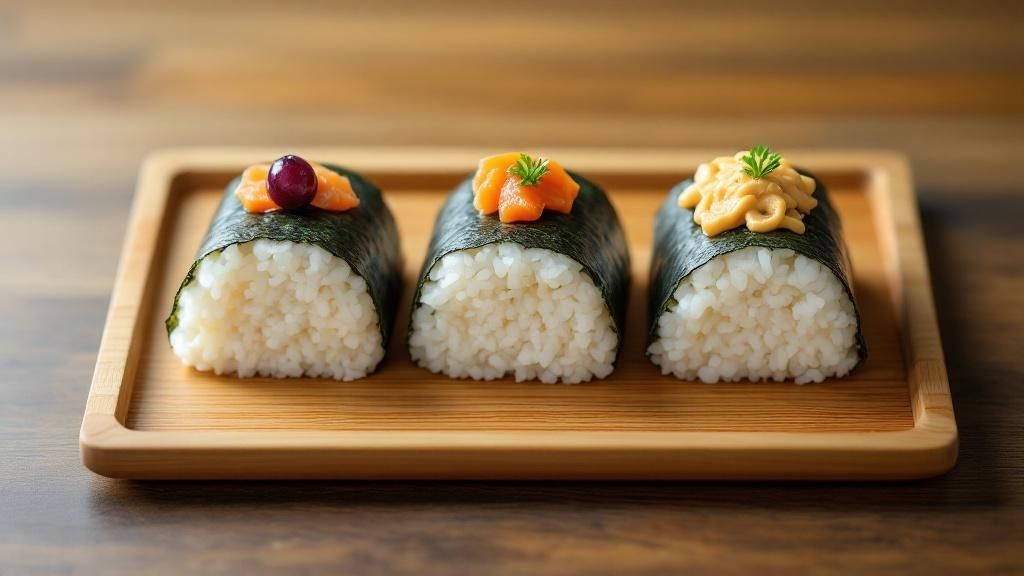
This bento format is built around one or more onigiri, which can be filled with anything from salted salmon (shiozake) and pickled plum (umeboshi) to modern fillings like tuna mayo or seasoned beef. The rice balls are typically accompanied by a few simple, complementary side dishes like a small portion of tamagoyaki, some blanched edamame, or a couple of chicken karaage pieces.
Why Choose an Onigiri-Centered Bento?
This style is perfect for anyone seeking a quick, portable, and satisfying meal. It’s less formal than a Makunouchi bento and incredibly easy to eat on the go, requiring no utensils if packed correctly. Its popularity in Japanese convenience stores and its role as a classic hiking food highlight its practicality. This bento is ideal for busy individuals, school lunches, or picnics where ease of eating is a priority.
Key Components & Assembly Tips
Building a delicious Onigiri-Centered bento is all about mastering the rice balls and choosing sides that complement them without overshadowing them.
- The Perfect Onigiri: Moisten your hands with salt water before shaping to prevent the rice from sticking and to season it lightly. Use slightly cooled, freshly cooked rice for the best texture and form.
- Smart Fillings: Choose fillings that are not overly wet to avoid making the rice soggy. Good options include flaked grilled fish, kombu tsukudani (simmered kelp), or even seasoned minced chicken.
- Keep Nori Crisp: To maintain the satisfying crunch of the seaweed, wrap the onigiri separately in plastic wrap and pack a sheet of nori on the side. Many specialized onigiri wrappers are designed for this purpose, keeping the nori and rice separate until you’re ready to eat.
Pro Tip: Don’t overfill your onigiri. A small amount of filling in the center ensures the rice ball maintains its structural integrity. Experiment with mixing ingredients like furikake seasoning or sesame seeds directly into the rice for extra flavor and visual appeal.
4. Seasonal Bento
The Seasonal Bento embraces one of the most cherished principles of Japanese cuisine: shun (旬), the practice of eating foods at their peak flavor and nutritional value. This approach transforms the lunch box into a celebration of nature's calendar, with ingredients, colors, and themes reflecting the distinct beauty of spring, summer, autumn, and winter. It’s a dynamic and mindful way to craft your meals, connecting your bento to the world around you.

This style, popularized by culinary experts like Makiko Itoh of the Just Bento blog and traditional kaiseki chefs, uses ingredients that are freshest and most abundant at a particular time of year. A spring bento might feature bamboo shoots and strawberry motifs, while an autumn box could be filled with chestnuts, sweet potato, and maple leaf-shaped carrots. This concept makes your lunch not just a meal, but a story about the season.
Why Choose a Seasonal Bento?
This is one of the most creative and flavorful Japanese bento box ideas for those who love variety and fresh ingredients. It encourages you to cook with what's best in the market, ensuring optimal taste and nutrition. A seasonal bento is also a wonderful way to learn about Japanese culture and its deep connection to nature, making your daily lunch a more enriching experience. It's perfect for anyone who gets bored with routine and enjoys the challenge of creating new menus.
Key Components & Assembly Tips
Building a beautiful Seasonal Bento is about observation and creativity. By paying attention to the calendar and local markets, you can craft a lunch that is both delicious and timely.
- Embrace Seasonal Motifs: Use cookie cutters to shape vegetables into seasonal symbols like cherry blossoms for spring or snowflakes for winter.
- Source Locally: Visit Japanese or local farmers' markets to discover what's in season. In summer, look for cucumbers and eggplant; in winter, focus on hearty root vegetables like daikon and burdock root.
- Plan Your Menu Monthly: Create a rough menu at the start of each month based on anticipated ingredient availability. This prevents decision fatigue and helps you make the most of fleeting seasonal produce.
- Incorporate Seasonal Beverages: The seasonal theme can extend beyond food. For instance, pairing your bento with a refreshing cold-brewed sencha in summer or a warm hojicha in winter completes the experience. To perfect your tea-making skills, you can find helpful guides on how to brew Japanese green tea on buymejapan.com.
Pro Tip: Look into Japan's 72 micro-seasons (kō) for hyper-seasonal inspiration. This ancient calendar breaks the year into periods lasting just a few days, each associated with a specific natural event, offering endless ideas for your bento themes.
5. Protein-Forward Bento
The Protein-Forward Bento is a modern interpretation of the classic Japanese lunch, adapted for those with active lifestyles or specific dietary goals like low-carb or high-protein diets. This style maintains the core principles of Japanese cuisine-balance, flavor, and aesthetics-while shifting the nutritional focus. It strategically reduces carbohydrates like white rice and amplifies protein-rich ingredients.
Popularized by fitness enthusiasts and meal-prep services in Japan, this bento features generous portions of grilled chicken, baked fish, seasoned tofu, or hard-boiled eggs. These are paired with nutrient-dense, low-carb vegetables such as steamed broccoli, spinach with sesame dressing (gomae), and edamame. The result is a satisfying, energizing meal that supports muscle-building and sustained energy without the post-lunch slump.
Why Choose a Protein-Forward Bento?
This bento is the perfect solution for gym-goers, athletes, or anyone looking to align their lunch with health and fitness objectives. It provides a substantial, satiating meal that helps you meet your daily protein targets. By prioritizing lean proteins and vegetables, it becomes one of the most effective Japanese bento box ideas for managing weight and building lean muscle, making it a delicious way to stick to a nutritional plan.
Key Components & Assembly Tips
Building a successful Protein-Forward Bento is about smart ingredient choices and efficient preparation. The goal is to maximize protein and nutrients while keeping assembly quick and easy for a busy schedule.
- Protein is King: Dedicate at least half of your bento box to high-quality protein sources. Think chicken teriyaki, miso-glazed salmon, firm tofu steaks, or shrimp.
- Low-Carb Swaps: Replace traditional white rice with alternatives like quinoa, a small portion of brown rice, or even cauliflower rice. Shirataki noodles are another excellent low-calorie, low-carb option.
- Smart Prep: Batch-cook your main proteins over the weekend. Marinate chicken, fish, or tofu overnight to infuse deep flavor, then grill or bake in large quantities for easy assembly throughout the week.
- Nutrient-Dense Fillers: Fill the remaining space with fibrous, colorful vegetables like blanched asparagus, sautéed bell peppers, or a simple cucumber and wakame salad.
Pro Tip: Use silicone dividers or cups to neatly separate your components, especially wet ingredients like marinated vegetables from your main protein. This preserves the texture and flavor of each element until you are ready to eat. For a deeper look into how these principles align with broader health goals, explore the fundamentals of the Japanese diet for weight loss here.
6. Vegetarian/Vegan Bento
The Vegetarian or Vegan bento embraces plant-based eating through the lens of Japanese culinary traditions, particularly shojin ryori (Buddhist devotion cuisine). This style masterfully eliminates animal products while delivering deep, satisfying flavors and a full spectrum of nutrients. It proves that a bento box can be rich, flavorful, and beautiful without meat or fish.
This approach focuses on balance, celebrating seasonal vegetables, tofu, and legumes. Inspired by the mindful cooking of Buddhist monks, these Japanese bento box ideas transform simple, natural ingredients into an elegant and nourishing meal. It's a modern, conscious take on the classic lunch box, perfect for today's diverse dietary needs.
Why Choose a Vegetarian/Vegan Bento?
This style is ideal for anyone following a plant-based diet or simply looking to incorporate more vegetables into their meals. It’s a creative challenge that pushes you to explore new ingredients and techniques to build flavor without relying on animal products. A vegan bento is not just about subtraction; it’s about the artful addition of textures and tastes from the plant kingdom, resulting in a light yet satisfying meal.
Key Components & Assembly Tips
Building a delicious vegan bento is about creating umami and variety with plant-based ingredients. The key is to layer different flavors, colors, and textures.
- Build an Umami Foundation: Master a vegetarian dashi using kombu (kelp) and dried shiitake mushrooms. This broth becomes the flavor base for simmered dishes, sauces, and even for cooking your rice.
- Embrace Tofu in All Its Forms: Don't just cube it. Try crispy fried atsuage (thick fried tofu), savory marinated and baked tofu, or crumbled tofu "soboro" seasoned with soy sauce and mirin.
- Focus on Color and Nutrition: Pack a rainbow of vegetables. Include blanched spinach with sesame dressing (gomae), vibrant simmered carrots, sweet potato, and bright pickles. Combining legumes and grains ensures a complete protein profile.
Pro Tip: Fermented foods are a vegan bento's best friend. They add a powerful punch of umami and complexity. For a deeper dive into this essential component, you can explore the world of Japanese fermented vegetables on buymejapan.com to elevate your bento game.
7. Fusion Bento
The Fusion bento is a modern, creative take on the traditional lunchbox, blending Japanese presentation principles with international flavors. This style embraces culinary experimentation, allowing you to incorporate your favorite global cuisines into the structured, aesthetically pleasing format of a bento. It's a testament to how the bento concept has evolved into a global phenomenon, adaptable to any palate.
Popularized by food bloggers and innovative chefs, this approach breaks from tradition by pairing Japanese staples with diverse ingredients. Imagine a Mexican-inspired bento with cilantro-lime rice, black beans, and grilled chicken, or a Korean-Japanese mix featuring bulgogi alongside onigiri and kimchi. The possibilities are truly endless, making it one of the most versatile Japanese bento box ideas for adventurous eaters.
Why Choose a Fusion Bento?
This style is perfect for those who love variety and want to avoid culinary boredom. It’s an excellent way to use leftovers from international dinners in a new and exciting way, all while maintaining the portion control and visual appeal of a classic bento. The Fusion bento is ideal for anyone looking to bridge their own cultural food heritage with Japanese meal-prepping techniques.
Key Components & Assembly Tips
Creating a delicious and balanced Fusion bento is about thoughtful pairings rather than random combinations. The key is to harmonize flavors and textures while respecting the principles of bento presentation.
- Create an Anchor: Keep one or two traditional Japanese elements to ground the meal. A base of perfectly cooked Japanese rice or a side of tsukemono (pickles) can provide a familiar foundation for foreign flavors.
- Complementary Flavors: Think about which cuisines pair well. For example, the zesty, spicy notes of Mexican food can be balanced with the subtle flavors of Japanese rice and vegetables. Italian pesto pasta can be a "main," accompanied by Japanese-style marinated cherry tomatoes and a small portion of fruit.
- Maintain Visual Balance: Apply the Japanese principles of irodori (color) and balance. Even if you're packing American-style mini meatballs, arrange them neatly and separate them from colorful sides like steamed broccoli and yellow bell peppers using silicone cups or lettuce leaves.
Pro Tip: Start with just one fusion element. Instead of trying to mix three different cuisines, begin by swapping your usual protein for something international, like tandoori chicken or Greek-style souvlaki, and build the rest of your bento around it with familiar Japanese sides.
8. Quick Assembly Bento
The Quick Assembly Bento is a modern, streamlined approach tailored for busy lifestyles. It prioritizes minimal cooking and maximum convenience without sacrificing the visual appeal and nutritional balance that make bento special. This style hinges on smart preparation, combining make-ahead components with quality store-bought items for a delicious meal that comes together in minutes.
This method is less about rigid recipes and more about a flexible system. A typical Quick Assembly bento might feature leftover rice from dinner, a pre-cooked protein like teriyaki chicken prepared over the weekend, and a mix of store-bought pickles, edamame, and cherry tomatoes. It’s the bento of choice for office workers, busy parents, and anyone who wants a wholesome, attractive lunch without the morning rush.
Why Choose a Quick Assembly Bento?
This is one of the most practical Japanese bento box ideas for daily life. It proves that a beautiful, healthy lunch doesn't have to be time-consuming. It’s perfect for meal-preppers who want variety throughout the week or for college students needing a dorm-friendly option. This approach removes the pressure of cooking from scratch every day while still providing a satisfying and balanced meal.
Key Components & Assembly Tips
Success with this bento style lies in strategic planning and having a well-stocked pantry and fridge. The goal is to make morning assembly a simple "grab and go" process.
- The "Batch and Grab" Method: Dedicate some time on the weekend to batch-cook key components. Cook a large portion of rice, grill or bake several servings of protein (chicken, fish, or tofu), and hard-boil a few eggs.
- Leverage Your Freezer: Keep a stock of high-quality frozen vegetables like edamame, broccoli, and spinach. They can be quickly microwaved or thawed to fill gaps in your bento, adding instant color and nutrients.
- Smart Shortcuts: Don't hesitate to use pre-made items. Good quality gyoza, shumai, or store-bought salads can be excellent time-savers that elevate your lunch. Silicone cups are also fantastic for separating wet and dry ingredients and adding pops of color.
Pro Tip: Prepare marinades in advance. A jar of homemade teriyaki or ginger-soy marinade in the fridge can turn a plain piece of chicken or fish into a flavorful main in minutes. For more inspiration on fast and delicious meals, you can find a number of easy Japanese recipes on buymejapan.com.
8 Japanese Bento Box Types Comparison
| Bento Type | Implementation Complexity 🔄 | Resource Requirements ⚡ | Expected Outcomes 📊 | Ideal Use Cases 💡 | Key Advantages ⭐ |
|---|---|---|---|---|---|
| Traditional Makunouchi Bento | High - multiple components, traditional techniques | Moderate to High - special ingredients, multiple dishes | Balanced nutrition, traditional experience | Formal occasions, cultural appreciation | Nutritionally balanced, visually appealing, preserves culture |
| Character Bento (Kyaraben) | Very High - intricate designs, artistic skill | High - specialized tools, food coloring | Fun and creative meal, social media appeal | Children’s meals, artistic expression | Engages kids, encourages creativity, visually striking |
| Onigiri-Centered Bento | Low - simple shaping and filling | Low - basic rice and fillings | Convenient, portable, satisfying meal | Travel, quick meals, meal prep | Quick to prepare, portable, versatile fillings |
| Seasonal Bento | Moderate - ingredient selection per season | Moderate - seasonal ingredients | Fresh, flavorful, culturally connected meal | Seasonal celebrations, education | Uses freshest ingredients, sustainable, culturally authentic |
| Protein-Forward Bento | Moderate to High - protein preparation focus | Moderate to High - varied protein sources | High-protein, nutrient-dense meal | Fitness, weight management, low-carb diets | Supports health goals, satisfying, low-carb friendly |
| Vegetarian/Vegan Bento | Moderate - plant-based cooking techniques | Moderate - specialty vegetarian ingredients | Ethical, plant-based nutrition | Vegan/vegetarian diets, ethical eating | Sustainable, draws from tradition, varied plant proteins |
| Fusion Bento | Moderate to High - blending cuisines | Moderate - diverse ingredients | Innovative flavors, broad appeal | Experimental cooking, multicultural palates | Creative, flexible, wide audience appeal |
| Quick Assembly Bento | Low - minimal cooking, easy prep | Low to Moderate - store-bought and prep ahead | Time-saving, balanced quick meal | Busy professionals, beginners, meal prepping | Saves time, convenient, reduces food waste |
Making Your Perfect Lunch a Daily Ritual
As we’ve journeyed through the diverse and colorful world of bento, it's clear that these compartmentalized meals are far more than just a convenient way to pack lunch. They represent a philosophy of eating that values balance, beauty, and mindfulness. The array of Japanese bento box ideas we’ve explored showcases a remarkable adaptability, proving there’s a perfect bento for every person, every palate, and every schedule.
From the structured elegance of the Traditional Makunouchi Bento to the playful artistry of Character Bento (Kyaraben), each style offers a unique entry point into this culinary art form. Whether you are drawn to the simple, satisfying nature of an Onigiri-Centered Bento or the vibrant, fresh flavors of a Seasonal Bento, the foundational principles remain consistent. It’s about creating a meal that is as nourishing for the soul as it is for the body.
From Inspiration to Implementation
The true magic of the bento box lies not in recreating a single recipe perfectly, but in internalizing the core concepts and making them your own. Moving forward, the key is to transform this inspiration into a sustainable daily practice. Don't feel pressured to master every technique at once. Instead, focus on integrating small, manageable habits into your routine.
Here are some actionable takeaways to help you begin your bento journey:
- Start with Your Style: Did the efficiency of the Quick Assembly Bento appeal to you, or did the creativity of the Fusion Bento spark your interest? Pick the one style that feels most achievable and exciting for you right now and focus on mastering its core components.
- Embrace Batch Preparation: As seen in the Protein-Forward and Quick Assembly bento ideas, prepping ingredients in advance is a game-changer. Dedicate an hour or two on the weekend to cook a batch of rice, grill some chicken or tofu, steam vegetables, and make a versatile sauce. This simple act will make weekday bento assembly exponentially faster.
- Master a Core Skill: Choose one fundamental bento skill to practice. This could be perfecting your onigiri shaping technique, learning how to make a classic tamagoyaki (rolled omelet), or getting comfortable with using cookie cutters to create fun vegetable shapes. Building confidence in one area will inspire you to try others.
- Think in Color and Texture: A key principle across all bento is visual appeal, which often correlates with nutritional diversity. When packing your box, consciously ask yourself: do I have something red (tomatoes, bell peppers), green (broccoli, edamame), yellow (egg, corn), and orange (carrots, sweet potatoes)? This simple mental checklist ensures a more balanced and appealing meal.
The Lasting Benefits of the Bento Ritual
Adopting the bento box as your go-to lunch solution extends far beyond just eating a healthier meal. It is an act of self-care. The process of thoughtfully preparing your food encourages a deeper connection to what you eat, helping you appreciate ingredients and flavors more fully. It empowers you with complete control over your nutrition, portion sizes, and dietary needs, whether you're crafting a hearty Protein-Forward box or a delicate Vegetarian creation.
The ultimate goal is to find joy in the process. Your bento box is a personal canvas, a small space to express creativity and care. It’s a moment of delicious calm in an otherwise busy day, a ritual that nourishes you from the inside out.
By embracing these Japanese bento box ideas, you are not just packing a lunch; you are cultivating a habit of mindful preparation and consumption. You are transforming a daily necessity into a delightful ritual that can bring a sense of order, beauty, and wellness to your life. The skills you build will serve you indefinitely, making healthy, delicious, and visually stunning meals a consistent and joyful part of your routine.
Ready to elevate your lunch game with authentic ingredients and the perfect container? Explore the curated selection at Buy Me Japan for high-quality bento boxes, charming accessories, and specialty Japanese food items that will bring your creations to life. Find everything you need to start your bento adventure at Buy Me Japan.
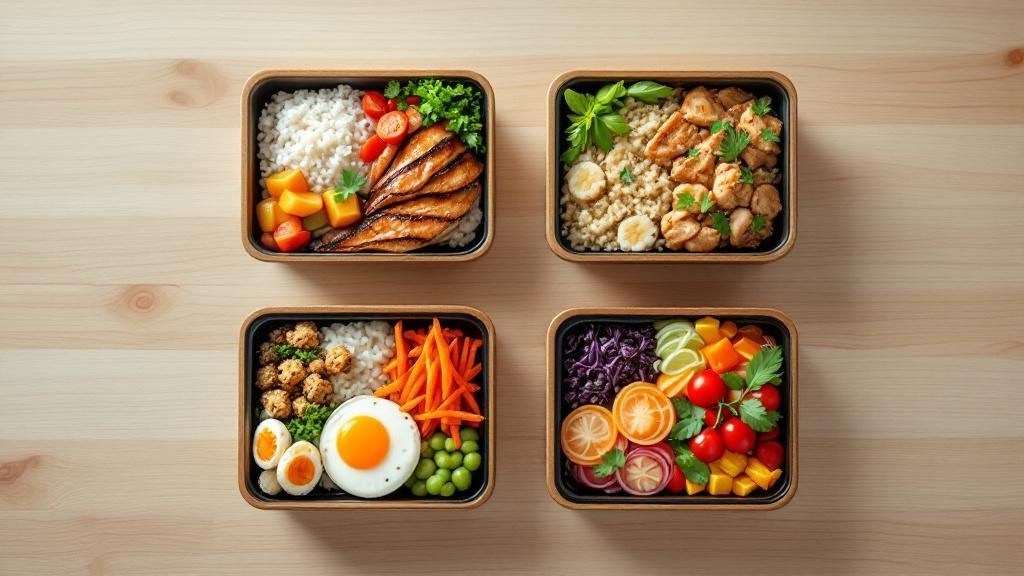
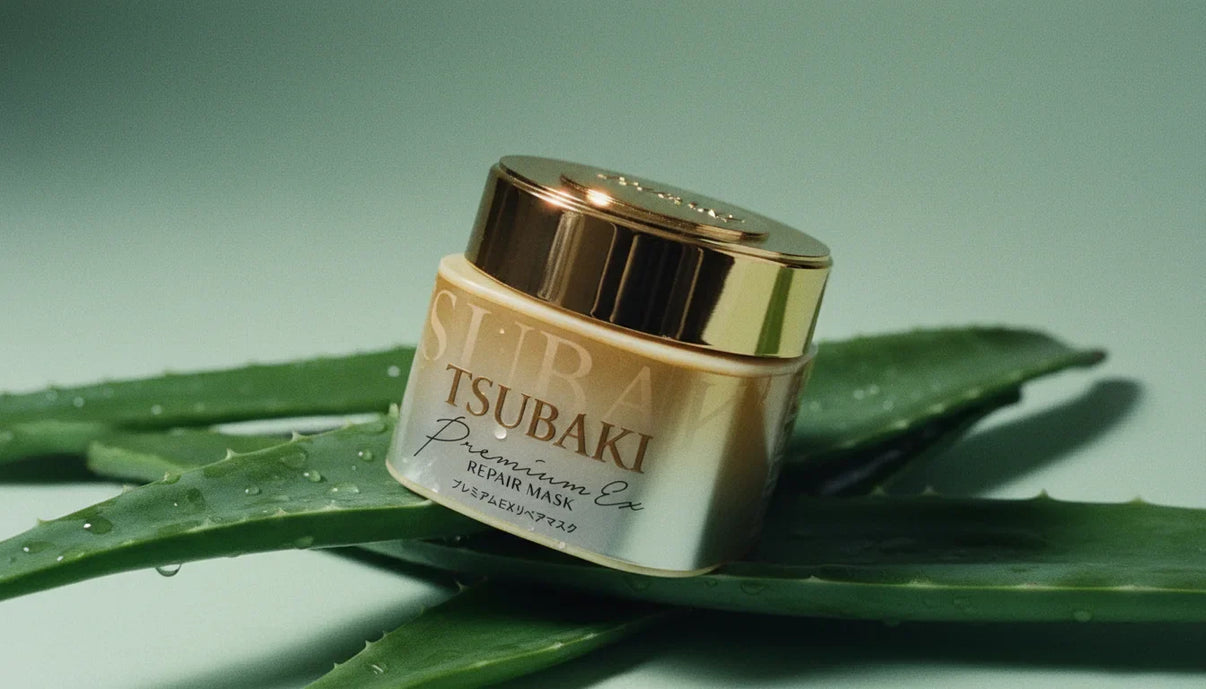

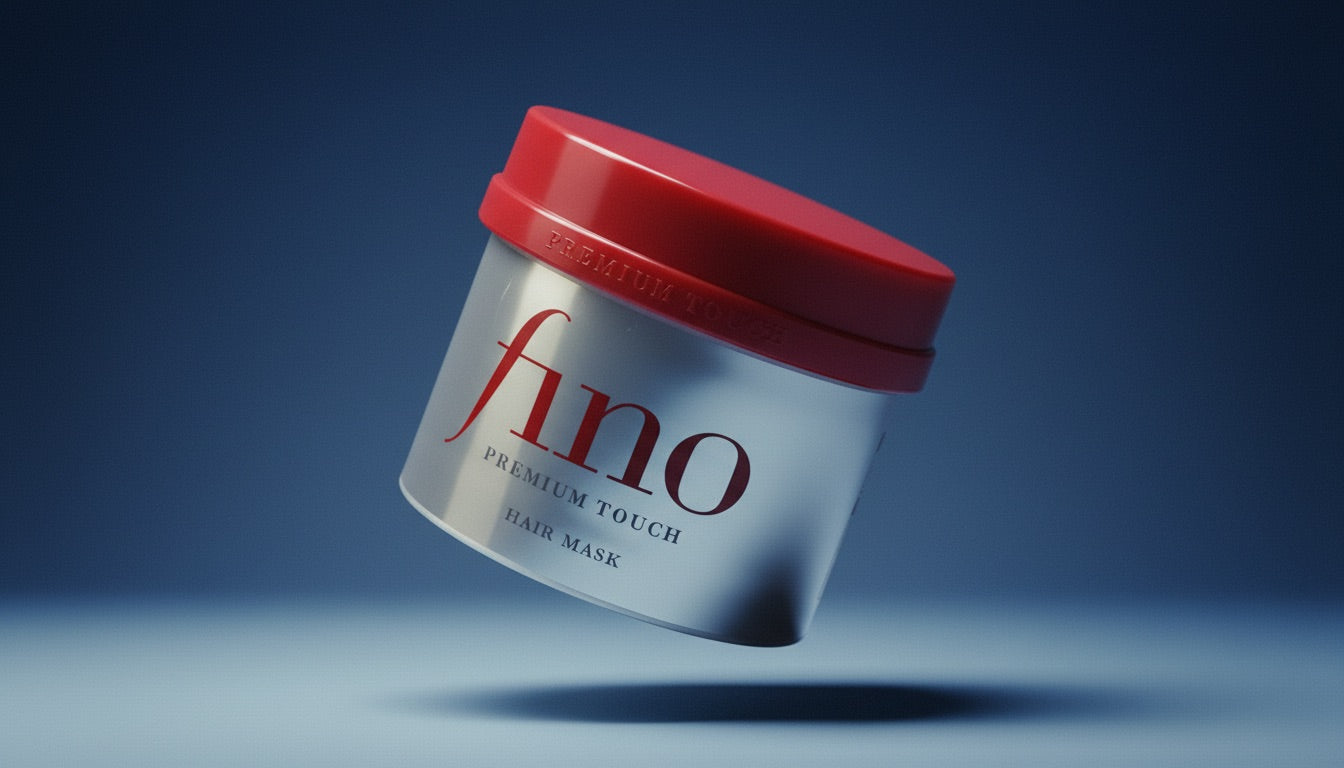
Share:
What Is Konnyaku A Guide to This Miracle Food
A Guide to Japanese Fermented Foods